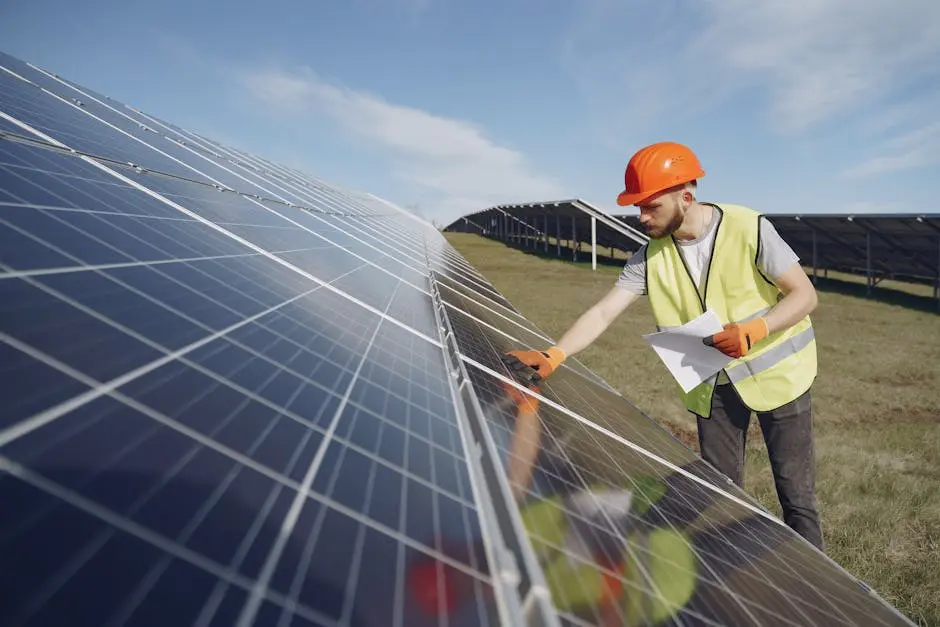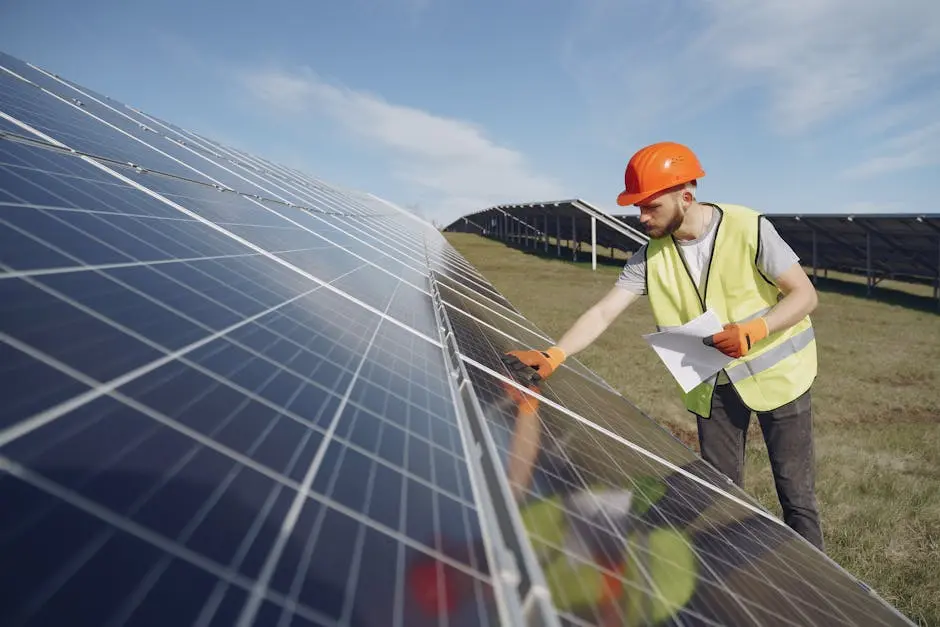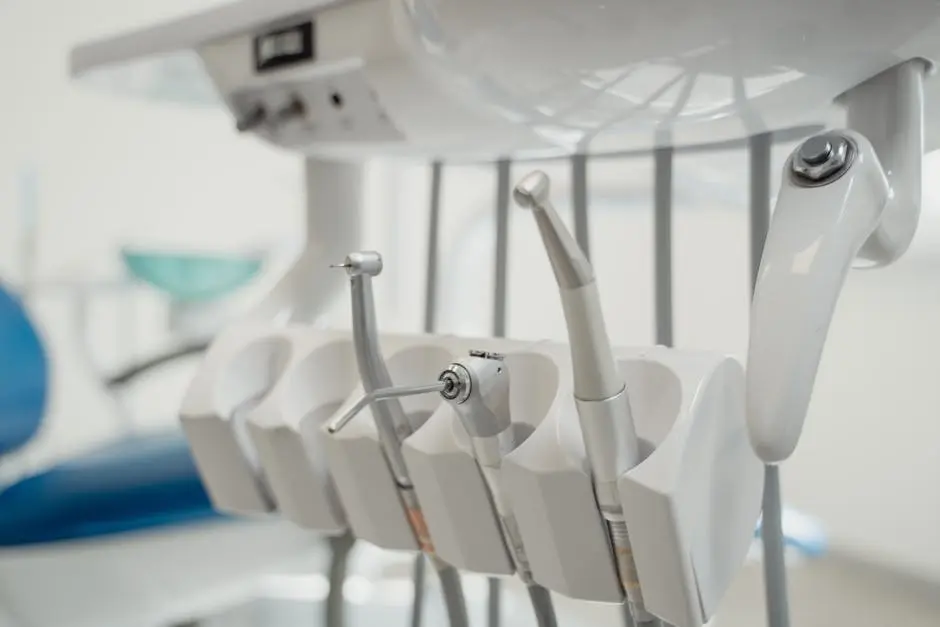Solar energy is not just about saving the planet; it’s also about saving money. In this friendly guide, we’ll explore how you can make the most out of your solar investments and maximize your savings with simple, practical strategies.
Understanding the Basics of Solar Savings
To start maximizing your solar savings, it’s crucial to grasp how solar panels function. At their core, solar panels convert sunlight into electricity using photovoltaic cells. This electricity can be used to power your home, reducing your reliance on the grid and lowering your electricity bills. Essentially, the more sunshine your panels receive, the more electricity they can produce, which translates to greater savings. However, location and placement play a significant role here. For instance, positioning panels in areas with maximum sun exposure ensures optimal energy capture. Additionally, understanding key terms like ‘net metering’—a system that credits solar energy system owners for the electricity they add to the grid—can further enhance your savings. By comprehensively understanding these basics, you’re already on your way to cutting costs efficiently.
Moreover, solar savings aren’t just about immediate reductions in energy bills. It’s also about long-term benefits and boosting the value of your property. Many homeowners find that having a solar system installed increases their home’s market value. Buyers are often willing to pay more for a house equipped with solar panels, recognizing the long-term financial benefits they provide. Understanding these basics allows you to make informed decisions and ensure that you’re not only saving money but also increasing your investment’s worth over time.
Exploring Financial Incentives for Solar Panel Installation
One of the most enticing aspects of going solar is the myriad of financial incentives designed to make solar panel installation more accessible. The federal solar tax credit provides a significant opportunity, allowing you to deduct up to a sizable percentage of your solar installation costs from your federal taxes. This credit can apply to both residential and commercial systems and significantly reduces the initial financial burden.
Beyond federal incentives, state-specific rebates and programs further ease the financial strain. Many states offer additional credits, rebates, and net metering policies unique to their region. For example, some states have the Solar Renewable Energy Certificates program, allowing homeowners to earn money based on their solar system’s energy production. It’s worth investigating what incentives are available in your state to ensure you’re taking full advantage of them.
Calculating Your Potential Savings
Accurately estimating potential savings from solar energy involves examining several factors. Begin with an assessment of your current energy usage patterns and costs—this serves as the foundation for understanding how much of this can be offset by solar power. Tools and calculators are available online to help provide a prospective look at savings over time, factoring in the local solar radiation you receive, applicable incentives, and the system size.
Some factors to consider include your home’s location, the direction your roof faces, and average sunlight exposure. These influence how efficiently your solar panels can convert sunlight into electricity. Also, don’t forget to factor in long-term maintenance costs when calculating potential savings. By adopting a comprehensive view, you can set realistic expectations and make better financial decisions.
Optimizing the Efficiency of Your Solar System
Maximizing the efficiency of your solar system is critical to boosting savings. Routine maintenance, such as keeping solar panels clean and free of debris, plays a significant role. Dust, leaves, and other obstructions hinder a panel’s ability to absorb sunlight. Regularly inspecting and cleaning panels ensures they’re working at peak efficiency.
Investing in the latest solar technologies can also lead to increased efficiency. Newer panels absorb sunlight more effectively and produce more electricity, even on cloudy days. Additionally, installing an energy storage system allows you to store excess energy produced during peak hours. This stored energy can be used during times of high demand or when sunlight is scarce, ensuring that your home always benefits from solar power.
Monitoring and Adjusting Your Solar Usage
Once your solar panels are operational, actively monitoring their performance is crucial. Modern systems often come with monitoring apps that allow you to track energy production and usage in real time. Identifying patterns in your energy use can help you make adjustments to increase savings. For instance, using energy-intensive appliances during peak sunlight hours maximizes the use of solar power directly, saving stored or grid electricity for later.
Should you notice any discrepancies in energy production, it might indicate a need for maintenance or possibly an upgrade. Keeping tabs on your system’s output will help you identify inefficiencies swiftly, ensuring any issues are promptly addressed. By staying proactive in monitoring, you can make informed decisions that bolster your overall savings.
Harnessing the Sun for Smart Savings
By being informed and proactive, you can significantly increase your solar savings. Whether it’s through understanding the financial incentives available to you or keeping your system in top condition, every little effort counts. Embrace solar energy and watch as you not only contribute to a sustainable future but also see tangible savings. Visit Advice Guru for more ways to optimize your savings.

















